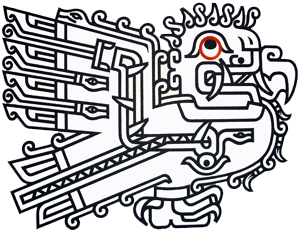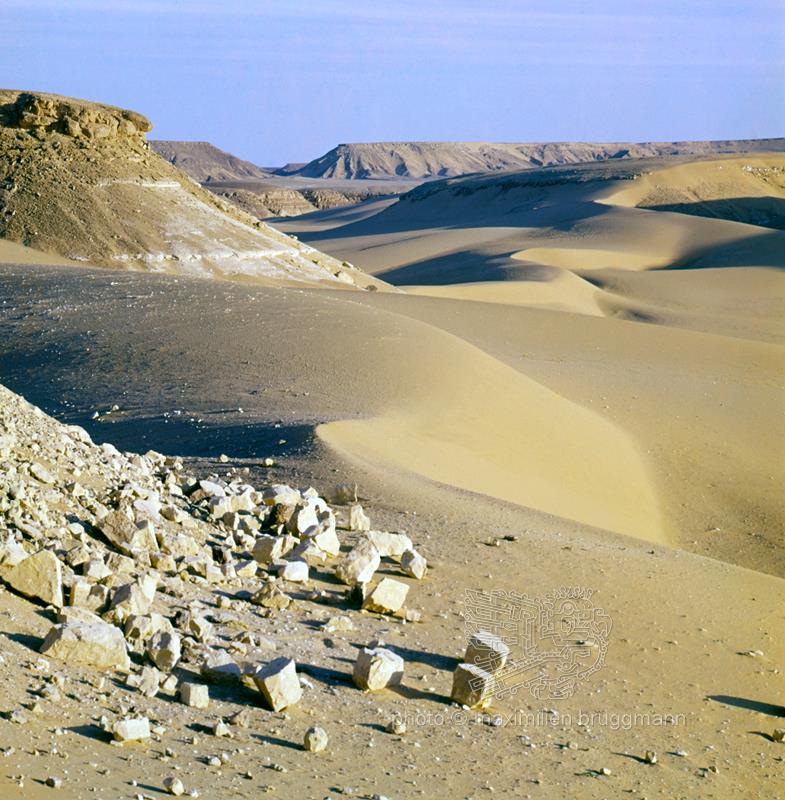Description
Geographers have found that erosion in the Sahara was not subject to the rules that apply to temperate zones. In Europe, for example, there is mechanical degradation resulting from the intensive sprinkling caused by the multitude of steep slopes. Even a single waterfall in the Alps transports a considerable amount of earth and rock every year. Here, nothing of the sort. Everything seems to be frozen in perpetual motionlessness. In reality, however, one has to reckon above all with the sand. With infinite patience, in interaction with the wind, it gnaws away at the rocky reefs from whose debris it feeds. The softer materials it transforms into peaks before destroying them completely; and the others only seem to resist it, for its ally, the wind, blows, as it were, without ceasing.
But it is not only the sand that changes the landscape. In an area where the temperature difference between 1pm and 1am can exceed 50°, even the most solid minerals are put to the test, and it is not uncommon to feel as if you are under artillery fire at night: this is due to the rocks shattering with a roar as they cool. We see a consequence of this "thermal destruction" here, on the slope of the Tinterhert plateau, not far from Port Flatters, today's Bordj Omar Driss (Algeria). - Algeria - 1966
Description
Geographers have found that erosion in the Sahara was not subject to the rules that apply to temperate zones. In Europe, for example, there is mechanical degradation resulting from the intensive sprinkling caused by the multitude of steep slopes. Even a single waterfall in the Alps transports a considerable amount of earth and rock every year. Here, nothing of the sort. Everything seems to be frozen in perpetual motionlessness. In reality, however, one has to reckon above all with the sand. With infinite patience, in interaction with the wind, it gnaws away at the rocky reefs from whose debris it feeds. The softer materials it transforms into peaks before destroying them completely; and the others only seem to resist it, for its ally, the wind, blows, as it were, without ceasing.
But it is not only the sand that changes the landscape. In an area where the temperature difference between 1pm and 1am can exceed 50°, even the most solid minerals are put to the test, and it is not uncommon to feel as if you are under artillery fire at night: this is due to the rocks shattering with a roar as they cool. We see a consequence of this "thermal destruction" here, on the slope of the Tinterhert plateau, not far from Port Flatters, today's Bordj Omar Driss (Algeria). - Algeria - 1966





